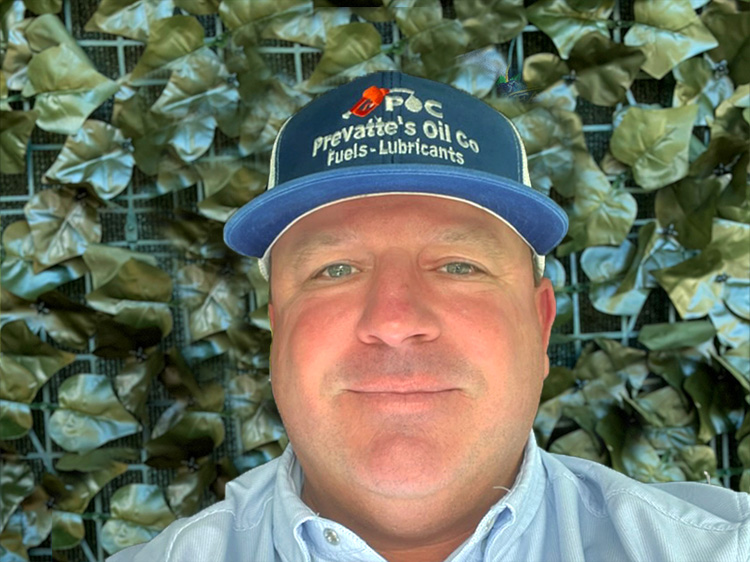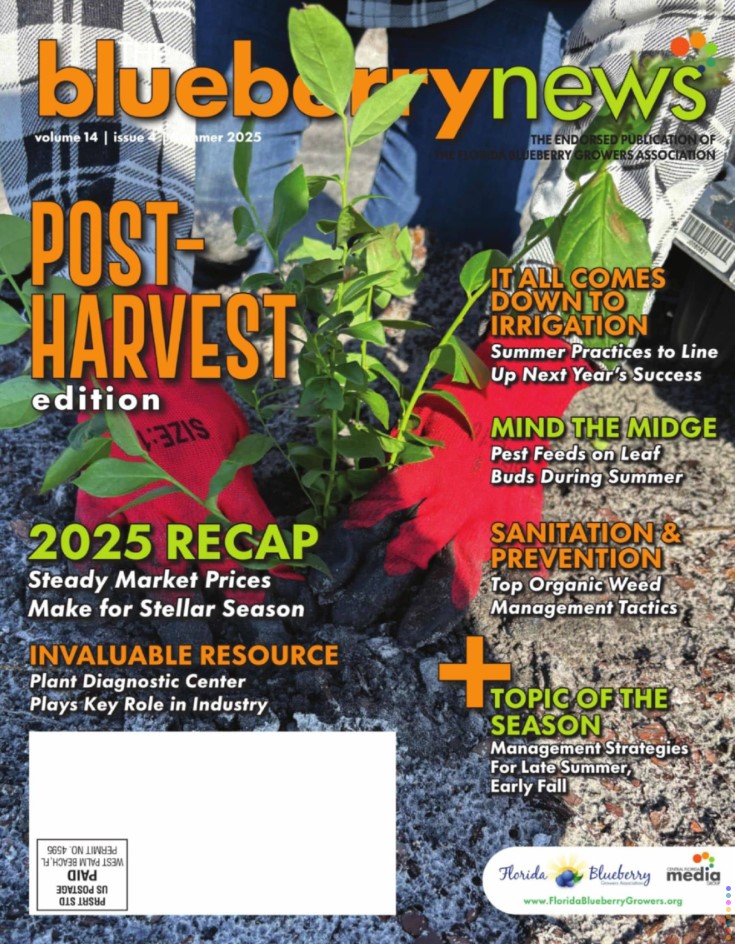Take Advantage of the App!
The UF/IFAS Blueberry Growers Guide app contains modules with a scouting guide, a monthly management calendar, a pesticide guide, and detailed information on UF southern highbush blueberry cultivars, in both English and Spanish. It is available for download at https://tosto.re/blueberryuf.






